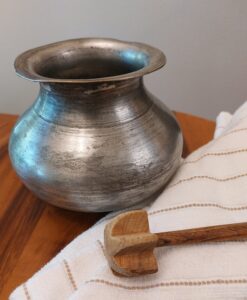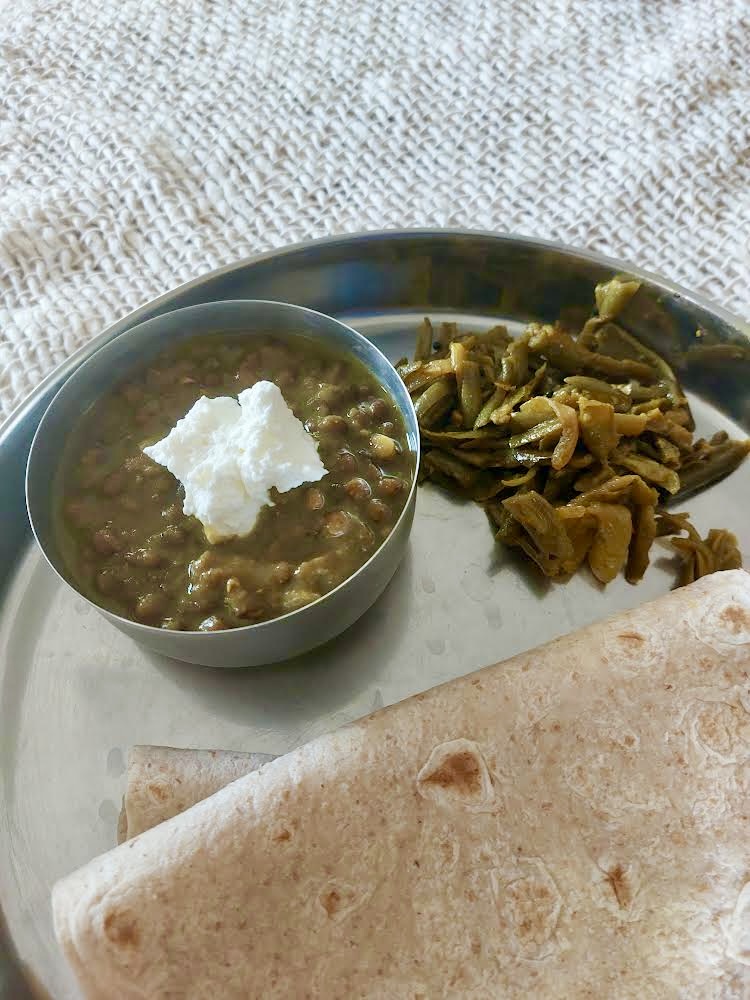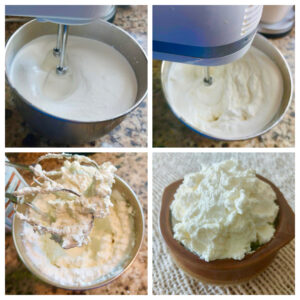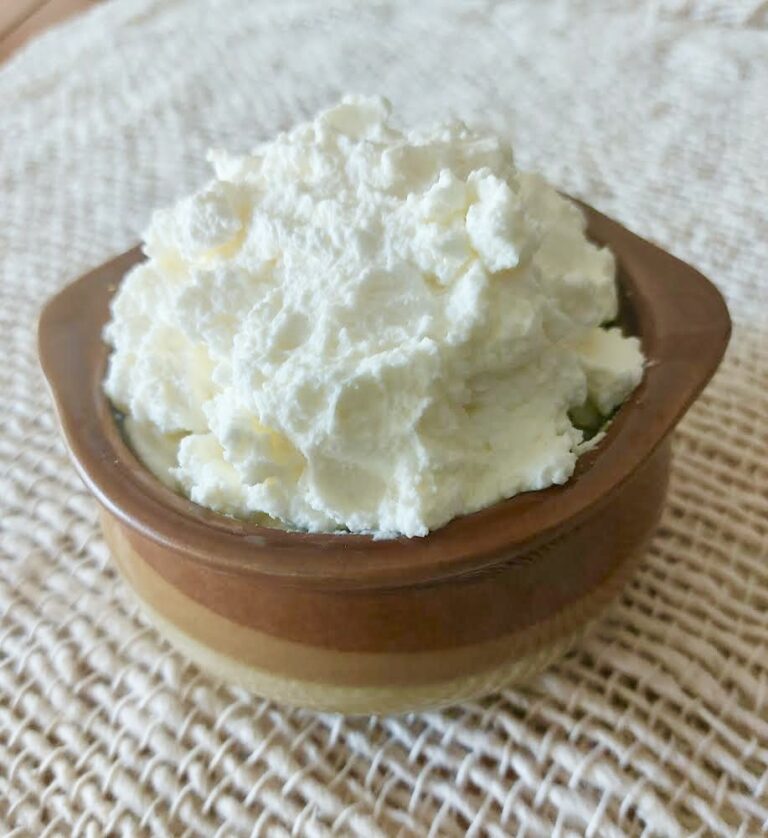 Indians, especially those from the northern plains of Punjab, love their white butter and ghee. It is generally fixed at home. The process involves churning fresh cream gathered over several days. The churning separates the water content, and pure butter is extracted. Some of this is melted down to obtain ghee.
Indians, especially those from the northern plains of Punjab, love their white butter and ghee. It is generally fixed at home. The process involves churning fresh cream gathered over several days. The churning separates the water content, and pure butter is extracted. Some of this is melted down to obtain ghee.
I loved to churn the butter the old-fashioned way before the mechanical churners and blenders came along. All you needed was a clay pot (matki) or a metal pot for a churn and a wooden churner (mathni/ madhani). The churner stick was a round stick about a foot long, and at the end was a round-pronged wooden disc.
Fresh raw milk delivered by the milkman (doodhwala) was boiled, and the cream was gathered for several days. It was thick cream, and though refrigerated, you had to be careful it did not turn rancid before you churned it. A little curd would be added to the cream the night before to curdle it.
The cream would be poured into the churning pot and half-filled with cold or iced water. Then, placing your palms on opposite sides of the churner stick, you would maintain a steady sliding, back-and-forth motion to churn the soured cream.
Some pots came with a lid to prevent the liquid from splashing, but you could always cover a portion of the top with a dishcloth to prevent that from happening. It took a while, and you needed strong arms and patience to do it, but after a while, the cream would get thicker and thicker.
The fascinating part for me was to see the little blobs of butter start to separate from the whey and clump together. A few ice cubes added would help separate the whey further. When the butter was separated, you reached into the pot to skim the butter out with your fingers and poured it into a strainer or cheesecloth to drain the excess liquid.
A quick rinse with cold water and then gently squeeze the butter blob between your palms to remove more liquid before placing it in a dish. Your homemade white butter was ready for use. If my mother-in-law were around, she would ensure I rubbed the residual butter on my fingers over my palms and arms. She called it a home beauty treatment! Of course, I washed it off before I started smelling rancid!!
This unsalted homemade white butter, or safed makhan, tastes so good on fresh rotis, parathas, and bread. It is also made into pure ghee.
Milk bought in containers at the grocery stores is pasteurized and homogenized, so you do not get that thick layer of cream you get from boiling and cooling raw milk. I use whipping cream to fix white butter even though it has a lighter texture than the ones I made back home with the clotted cream I got from boiling the fresh raw milk. I have also melted this to fix ghee, but it takes longer to melt down, so I prefer unsalted butter.

Safed Makhan (White Butter)
Ingredients
- 1 8 oz heavy whipping cream
Instructions
- Pour the cream into a chilled deep bowl.
- Whip the cream on low speed for about 3 minutes until it thickens.
- Now, beat it on medium speed for another 8 minutes until it clumps together and forms butter.
- Pour into a dish, preferably with a lid.
- Tilt the dish and drain any residual whey. You get very little.
- Keep refrigerated.
Notes
 The butter should last about ten days in the refrigerator if pasteurized. Do a smell test to make sure it has not turned rancid! When I fix the butter from a heavy whipping cream, I melt it into ghee after 4-5 days to keep it safe.
If clotted cream is available at your grocery store, you could whip it up into white butter and then melt it down into ghee.
The butter should last about ten days in the refrigerator if pasteurized. Do a smell test to make sure it has not turned rancid! When I fix the butter from a heavy whipping cream, I melt it into ghee after 4-5 days to keep it safe.
If clotted cream is available at your grocery store, you could whip it up into white butter and then melt it down into ghee. 
